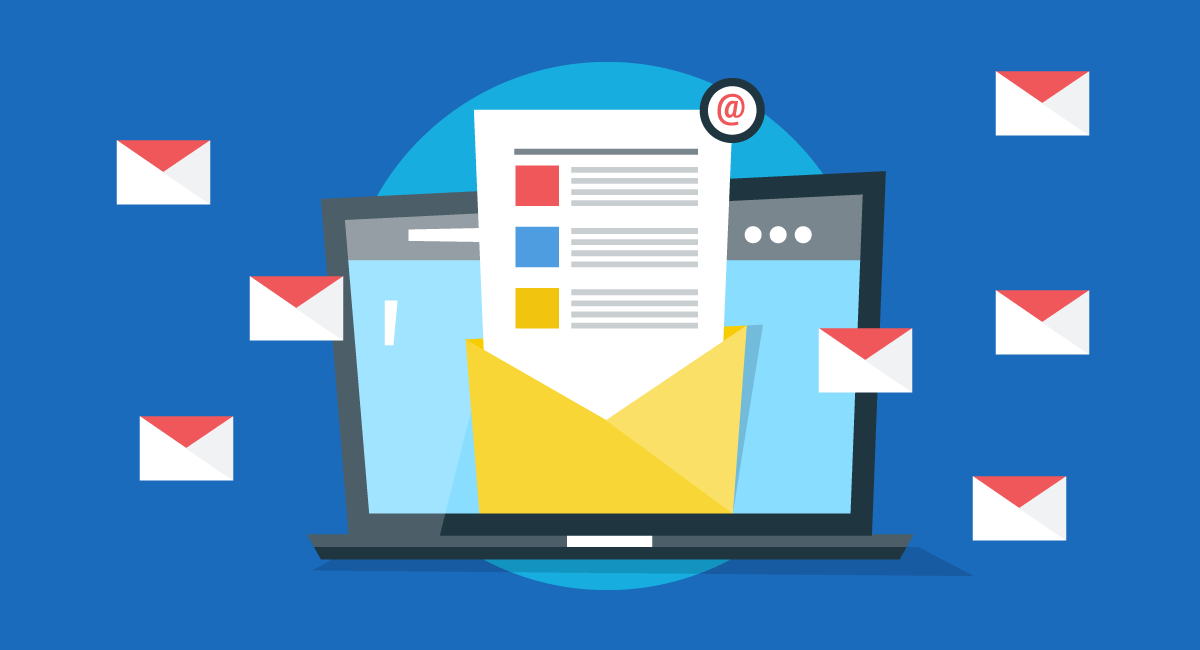In the ever-evolving world of email marketing, maintaining an active, responsive email list is a constant challenge. Over time, even the most robust email lists can experience a decline, transitioning from active to inactive. Understanding this trajectory is crucial for effective email list management. Let’s trace the path of email list decline and explore strategies to revive and maintain its vitality.
1. The Initial Signs of Decline:
The journey from an active to an inactive list often starts subtly. You might notice a gradual decrease in open and click-through rates, or an uptick in unsubscribe rates. These early signs are critical indicators that your audience is beginning to disengage.
2. Address Changes and Email Abandonment:
One of the primary reasons for list decline is the natural change in email addresses. People change jobs, switch email providers, or abandon old email accounts. This change means that over time, a portion of your list becomes unreachable.
3. Shifts in Interests and Relevance:
As time passes, the interests and needs of your audience can evolve. What was once relevant may no longer resonate. This mismatch between content and subscriber interest is a key factor in the transition from an active to an inactive list.
4. Email Fatigue:
Email fatigue sets in when subscribers are overwhelmed with too many emails, both from your business and others. This overload can lead to subscribers ignoring emails, marking them as spam, or unsubscribing altogether.
5. Deliverability Challenges:
Issues with email deliverability can also contribute to list decline. If your emails consistently land in spam folders or face deliverability hurdles, your engaged subscribers may inadvertently become inactive.
6. Lack of Engagement and Personalization:
In today's digital landscape, personalized and engaging content is the cornerstone of effective email marketing. A lack of these elements can lead to a disinterested audience, hastening the decline of your email list.
Revitalizing Your Email List:
- Regular List Cleaning: Regularly remove inactive or invalid email addresses to keep your list fresh.
- Re-engagement Campaigns: Implement targeted re-engagement campaigns to win back inactive subscribers.
- Content Relevance: Continuously adapt your content strategy to align with your audience’s evolving interests.
- Personalization: Use data-driven insights to personalize your emails, making each subscriber feel valued.
- Optimize for Deliverability: Monitor your sending practices to ensure high deliverability rates.
- Feedback Loops: Encourage and analyze subscriber feedback to understand and address their preferences.
Conclusion:
An email list is a dynamic entity, subject to change and decline over time. By recognizing the signs of this decline and proactively implementing strategies to address them, you can maintain the health and effectiveness of your email marketing efforts. Remember, the key to a vibrant email list is continuous engagement, relevance, and adaptability.



